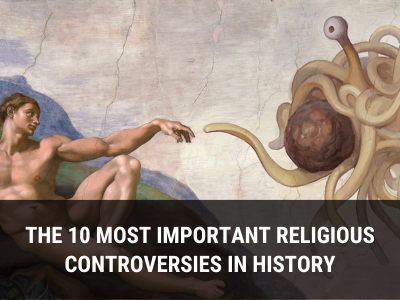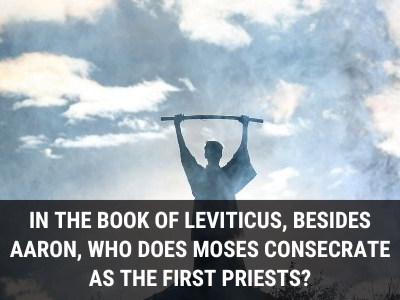Searching through the chronicles of art history, one encounters a sanctuary of creative minds whose work has transcended the boundaries of time and space to become iconic and everlasting. In this exploration of The 17 Most Famous Artists in History, we embark on a journey through centuries of artistic brilliance and innovation. From the enigmatic smiles of the Mona Lisa to the surreal landscapes of Salvador Dalí, we’ll unveil the lives and works of the visionary individuals who have left an indelible mark on the world of art. Join us in celebrating the enduring legacies of these artists and discover the enduring impact of their boundless creativity.
The List of the 17 Most Famous Artists in History
17. Andy Warhol
August 6, 1928 – February 22, 1987
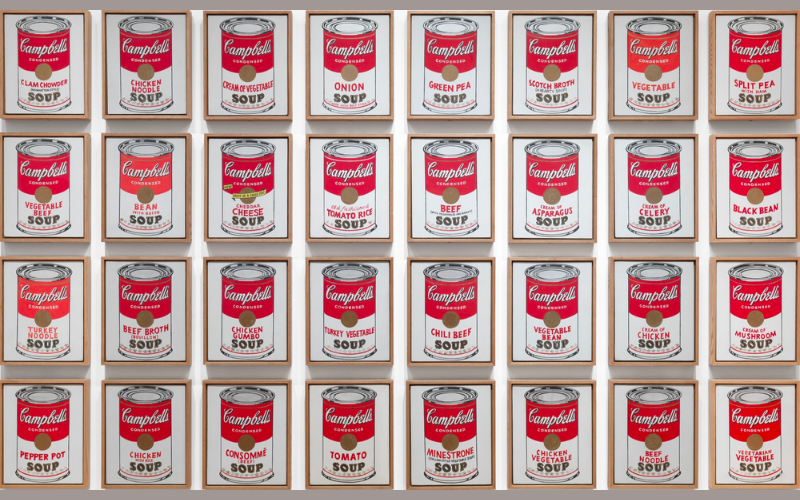
Warhol may not have been the originator of Pop Art, but he undeniably earned the title of Pop Art’s foremost authority by bridging the gap between the art realm and the realms of fashion and celebrity. Commencing his career as a commercial artist, he transplanted the advertising sensibility into the domain of fine art, going to the extent of asserting, “Making money is art.” Such pronouncements shattered the lofty, existential airs of Abstract Expressionism. While his iconic works include subjects like Campbell’s Soup, Marilyn Monroe, and Elvis Presley, Warhol’s most monumental creation was none other than himself.
16. Jackson Pollock
January 28, 1912 – August 11, 1956
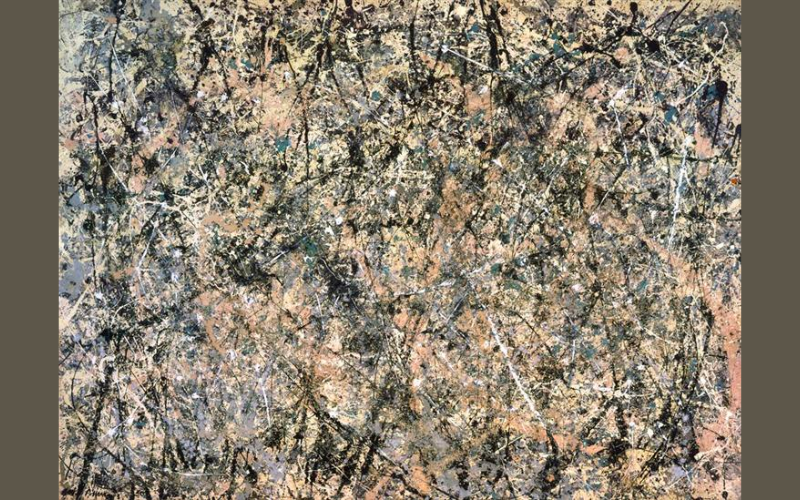
Overcoming the challenges of alcoholism, self-doubt, and a lack of finesse as a traditional painter, Pollock exceeded his limitations during a short yet brilliant period spanning from 1947 to 1950. It was during this time that he created the iconic drip abstractions that solidified his fame. Abandoning the conventional easel, he opted to place his canvases flat on the ground. He applied house paint directly from the container, casting and dribbling delicate threads of pigment that indelibly captured the essence of his movements. This groundbreaking technique would later be recognized as action painting.
15. Frida Kahlo
July 6, 1907 – July 13, 1954
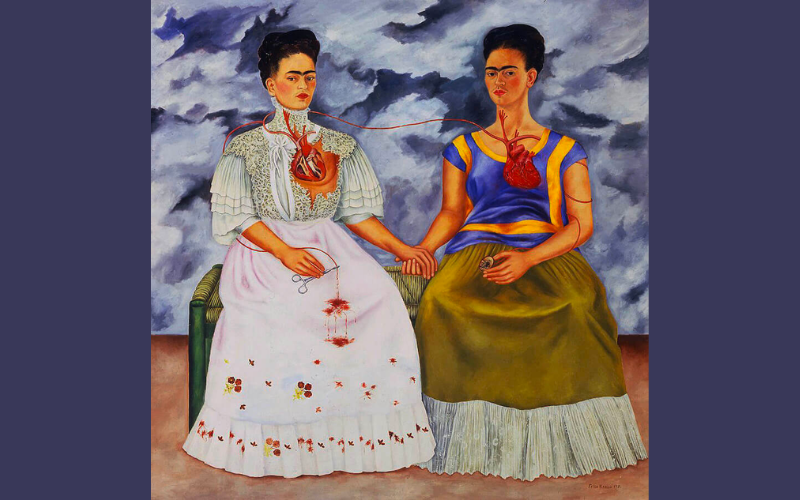
This Mexican artist and feminist trailblazer was a paint performer, using the medium to unveil her own vulnerabilities while simultaneously shaping an image of herself as a representative of Mexico’s rich cultural legacy. Among her most renowned creations are numerous surreal self-portraits in which she maintains a dignified presence, all the while portraying herself as a symbol of personal and physical suffering—agonies deeply rooted in a life marked by adversity, from childhood polio and a life-altering injury in her youth to a tumultuous marriage with fellow artist Diego Rivera.
14. Salvador Dalí
May 11, 1904 – January 23, 1989
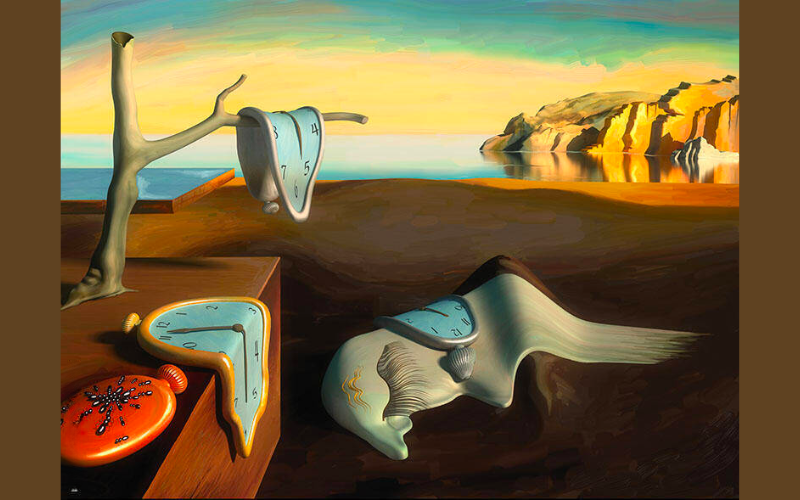
Dalí paved the way for Warhol, effectively becoming a precursor to the iconic artist. Much like Andy, Dalí actively pursued fame as an extension of his artistic endeavors. His paintings, adorned with melting timepieces and surreal, otherworldly landscapes, embodied the very essence of Surrealism. Furthermore, he meticulously curated an equally eccentric image, sporting an elongated, waxed mustache reminiscent of cat whiskers. A true master of spectacle.
Read More Fun Facts
Learn more fun facts with Trivia Mastermind content.
13. Pablo Picasso
October 25, 1881 – April 8, 1973
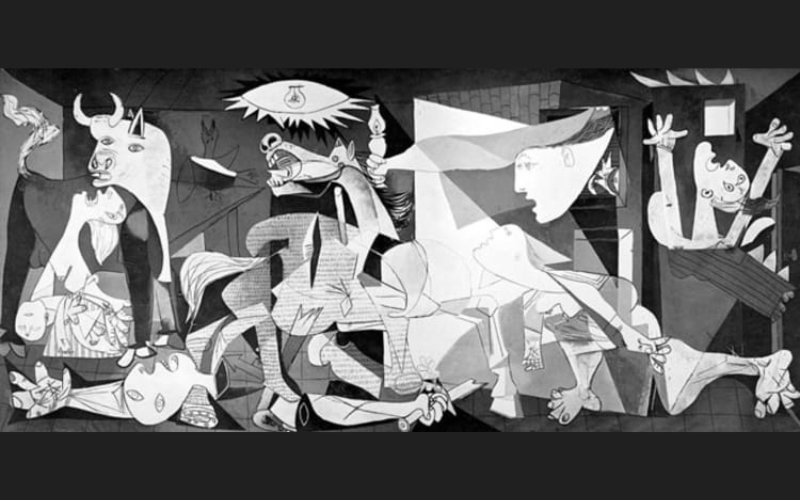
Hailing from Málaga, Spain, Pablo Picasso unquestionably stands as one of the most renowned artists in history. His name is virtually synonymous with the realm of modern art, and his image aligns seamlessly with the archetype of the maverick genius, driven by boundless ambition and a penchant for extravagant living. Picasso, through pioneering breakthroughs such as collage and the revolutionary Cubism movement, redefined the trajectory of art history. By breaking free from the confines of representational subject matter, he established a new rhythm for 20th-century artists, leaving an indelible mark on multiple artistic mediums. His prolific output of works is so vast that comprehending the scope of his achievement remains a formidable task.
12. Gustav Klimt
July 14, 1862 – February 6, 1918
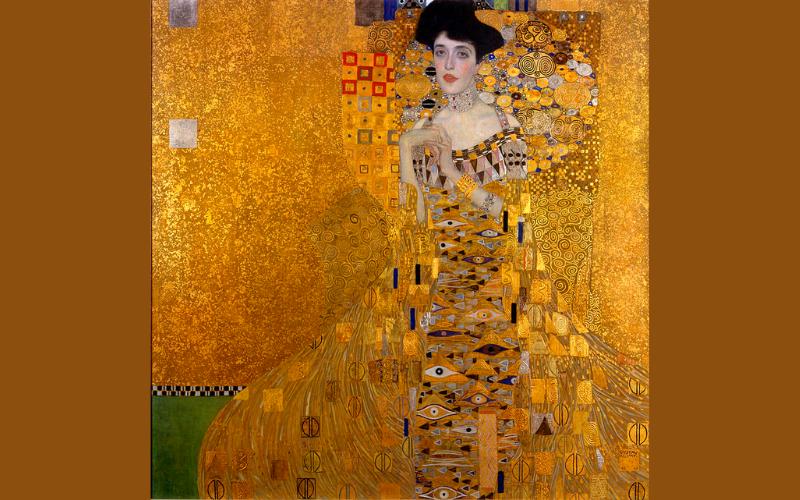
Gustav Klimt, the Symbolist painter of fin de siècle Vienna, is celebrated for his distinctive use of gold leaf, a technique he discovered during a visit to the renowned Byzantine frescoes in Ravenna, Italy. Perhaps his most famous application of this method can be found in his masterpiece, “Portrait of Adele Bloch-Bauer I,” also affectionately known as Austria’s equivalent of the Mona Lisa. This painting was infamously plundered by the Nazis during World War II, and the remarkable story of its eventual return to its rightful owner became the focal point of the film “Woman In Gold,” featuring Helen Mirren. Another equally iconic creation by Klimt is the renowned “The Kiss.”
11. Egon Schiele
June 12, 1890 – October 31, 1918
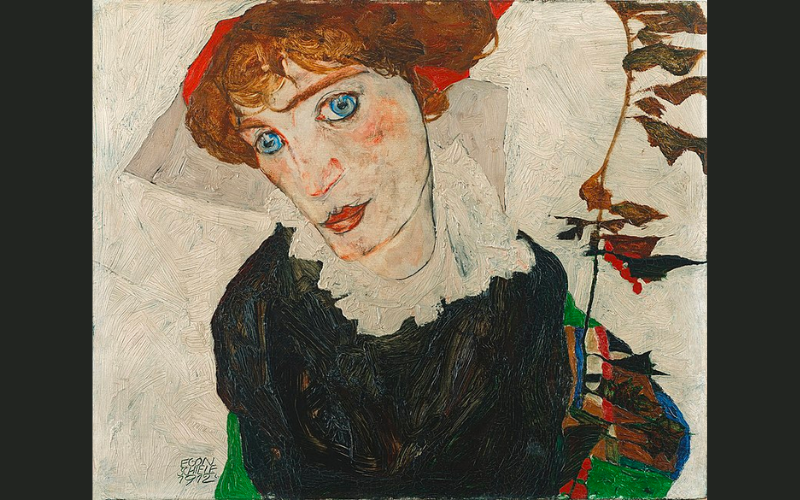
Vienna as the 20th century unfolded was a crucible of intense emotional and sexual undercurrents, marked by considerable repression. Amidst this atmosphere, no artist encapsulated the zeitgeist quite like Egon Schiele (1890–1918), whose intense and restless creative spirit found its outlet in drawings and paintings that were as candid as they were emotionally charged.
10. Edvard Munch
December 12, 1863 – January 23, 1944
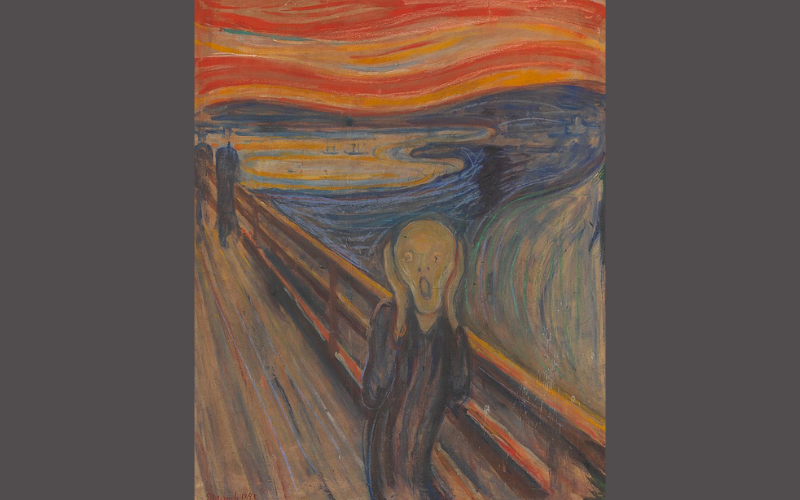
Munch’s ‘The Scream,’ the anxiety-ridden counterpart to the Mona Lisa.” attained a staggering auction price of $120 million in 2012, setting a milestone that has since been surpassed multiple times. However, Munch’s artistic journey encompasses more than a singular masterpiece. He is widely recognized as the trailblazer of Expressionism, leaving an indelible influence on 20th-century artists such as Egon Schiele, Erich Heckel, and Max Beckmann.
Play Trivia!
Challenge yourself and play trivia questions with answers and explanations.
9. Vincent van Gogh
March 30, 1853 – July 29, 1890
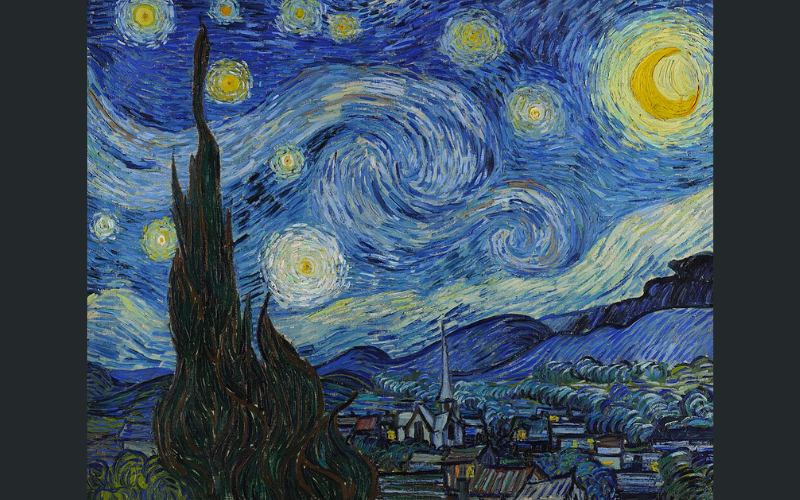
Van Gogh’s renown is partly attributed to his well-documented mental struggles (including the infamous ear incident following a dispute with fellow artist Paul Gauguin). Yet, despite his personal challenges, his artworks have ascended to become some of the most renowned and cherished pieces in the history of art. One of his masterpieces, “The Starry Night,” even served as the muse for a popular Top 40 hit by Don McClean. Van Gogh’s distinctive approach, characterized by the use of bold, vibrant colors directly from the tube and an application of thick brushstrokes in energetic bursts, ignited inspiration for subsequent generations of artists.
8. Georges Seurat
December 2, 1859 – March 29, 1891
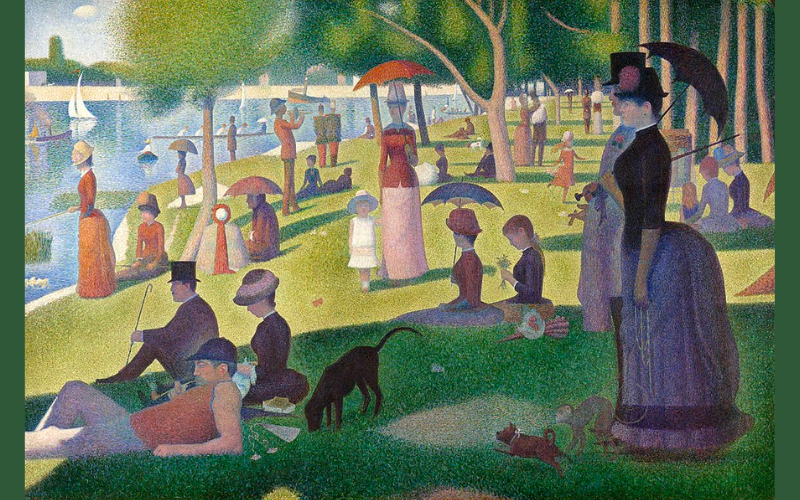
Georges Seurat (1859–1891) is widely recognized for his association with the development of pointillism, a groundbreaking painting method he co-pioneered alongside artist Paul Signac. In pointillism, tiny dabs of color are meticulously applied to the canvas, with the responsibility of reconciling these dots and dashes into coherent images left to the viewer’s perception. Equally noteworthy is Seurat’s departure from the Impressionist norm of capturing fleeting moments. Instead, he embraced an organized compositional style that harked back to the tranquility of classical art.
7. Claude Monet
November 14, 1840 – December 5, 1926
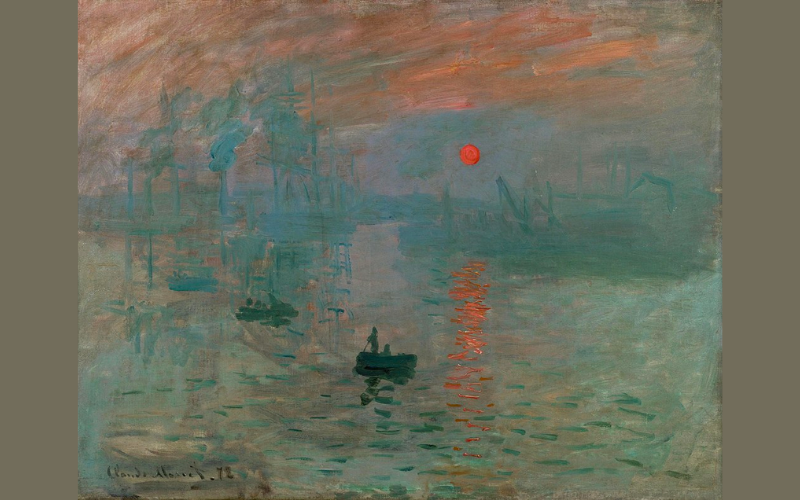
Arguably the most renowned artist within the Impressionist movement, Monet mastered the art of portraying the ever-shifting interplay of light on the natural world through rapid, color-splashed strokes. Furthermore, his numerous explorations of subjects like haystacks served as precursors to the utilization of repetitive imagery found in Pop Art and Minimalism. On a parallel note, his grand and profound late-career renditions of water lily ponds offered glimpses of what would eventually become the hallmark features of Abstract Expressionism and Color-Field Abstraction.
6. Eugene Delacroix
April 26, 1798 – August 13, 1863
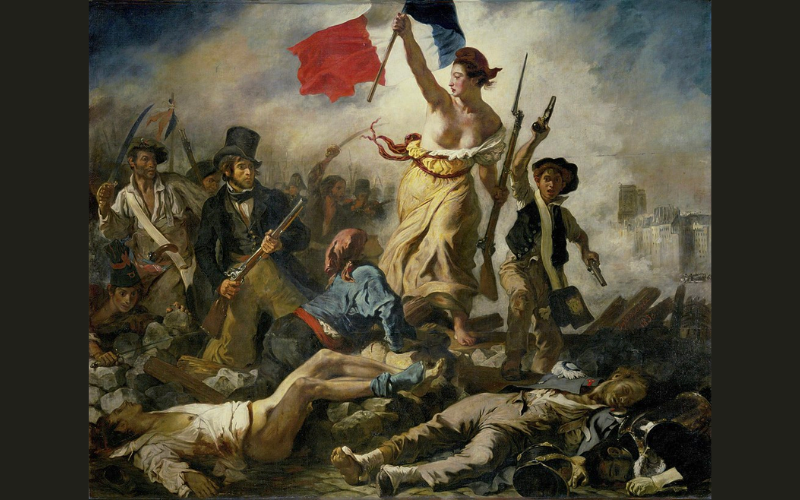
Eugène Delacroix (1798–1863) stood as a towering figure in the 19th-century art world. As a prominent proponent of Romanticism, a movement that prioritized emotions over rationalism, Delacroix’s distinctive approach to painting, characterized by expressive brushwork and a vivid use of color, served as the bedrock for later avant-garde movements throughout the 1800s and beyond.
Read More Fun Facts
Learn more fun facts with Trivia Mastermind content.
5. Jean-Antoine Watteau
October 10, 1684 – July 18, 1721
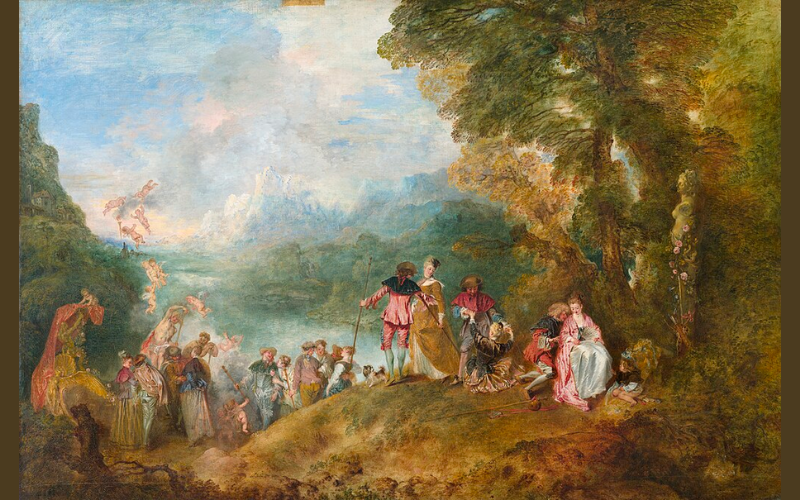
Watteau (1684–1721) is often regarded as the preeminent French artist of the 18th century, straddling the artistic shift from Baroque to the subsequently emerging Rococo style. His distinctive approach prioritized the interplay of color and motion, configuring his compositions in a manner that bore a striking resemblance to theatrical scenes. However, it was the atmospheric allure of his creations that left an enduring mark and proved to be a profound source of inspiration for artists such as J.M.W. Turner and the Impressionists.
4. Vermeer
October 31, 1632 – December 15, 1675
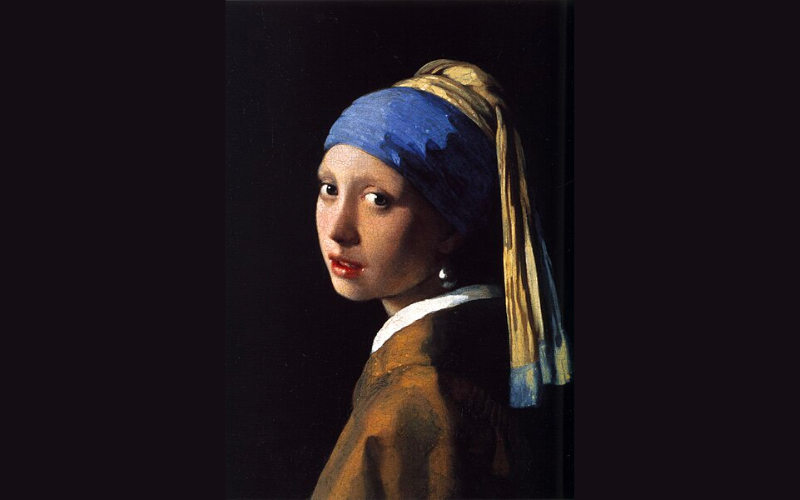
In a truly remarkable turn of events, Vermeer faded into relative obscurity for a span of two centuries before experiencing a renaissance of appreciation in the 19th century. Subsequently, he has earned a distinguished place among the most significant figures in art history, celebrated for his ability to craft astonishingly beautiful masterpieces. There has been ongoing debate regarding Vermeer’s potential use of a camera obscura, an early precursor to the projector, and his meticulous employment of a gentle, ethereal blurring effect appears to foreshadow the principles of photorealism. Yet, the paramount hallmark of his work lies in his unique portrayal of light as a palpable and tangible substance.
3. Rembrandt
July 15, 1606 – October 4, 1669

Renowned as one of the preeminent artists in history, this Dutch Master left an indelible mark with exceptional creations such as “The Night Watch” and “Doctor Nicolaes Tulp’s Demonstration of the Anatomy of the Arm.” However, it is his distinct talent for portraiture that truly sets him apart. In these works, he exhibited a remarkable gift for delving into the deepest recesses of his subjects’ minds, including his own, through the interplay of facial expressions and the play of light across the sitter’s countenance.
2. Michelangelo
March 6, 1475 – February 18, 1564
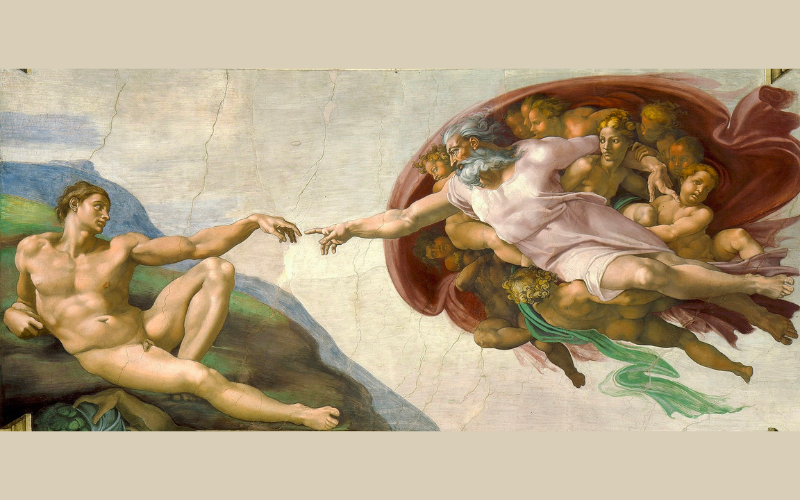
Michelangelo was a true quadruple talent, excelling as a painter with the Sistine Ceiling, a sculptor responsible for iconic works like the David and Pietà, an accomplished architect who contributed to the grandeur of St. Peter’s Basilica in Rome, and even a poet. While he journeyed between cities like Florence, Bologna, and Venice, his most significant commissions were bestowed by the Medici Popes, including the likes of Julian II and Leo X. Among his remarkable creations are the Sistine Ceiling, St. Peter’s Basilica, the Pietà, and his celebrated tomb for Pope Julian II, featuring the iconic sculpture of Moses. He also designed the Laurentian Library at San Lorenzo’s Church. Two decades after completing the Sistine Ceiling, he revisited the Chapel to craft one of the most extraordinary frescoes of the Renaissance: The Last Judgment.
1. Leonardo da Vinci
April 15, 1452 – May 2, 1519
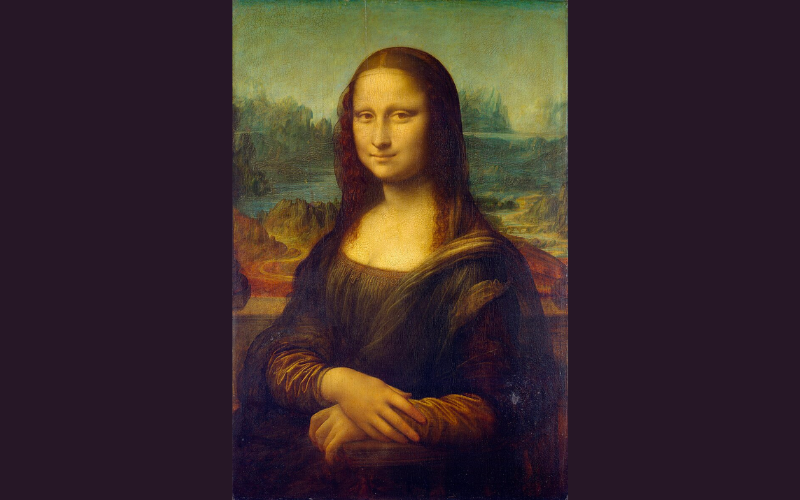
Leonardo, often regarded as the quintessential Renaissance polymath, is synonymous with unparalleled genius. His acclaim extends far beyond his timeless masterpieces like the Mona Lisa (a title that has become synonymous with excellence), The Last Supper, and The Lady with an Ermine. Additionally, his visionary drawings encompassed technologies that would remain unrealized for half a millennium, including concepts for aircraft, tanks, and even the automobile.
Conclusion
As we conclude our journey through the realms of The 17 Most Famous Artists in History, it becomes abundantly clear that these luminaries have left an indelible imprint on the canvas of human culture. Their masterpieces continue to resonate, serving as a testament to the power of art to transcend time and connect with the hearts and minds of people from all walks of life. The collective contributions of these artists have shaped the course of art history and enriched our world with a tapestry of creativity and vision. Their work remains a wellspring of inspiration, inviting us to appreciate the diverse expressions of human experience and the enduring allure of artistic exploration. In celebrating their genius, we pay tribute to the enduring power of art to inspire, provoke, and move us.
Read More Fun Facts
Learn more fun facts with Trivia Mastermind content.
Play Trivia!
Challenge yourself and play trivia questions with answers and explanations.
Recent Posts
Step into a realm of nostalgia as we embark on a journey through the annals of pop culture and bid farewell to 35 recently obsolete technologies. In the ever-evolving landscape of innovation, certain...

